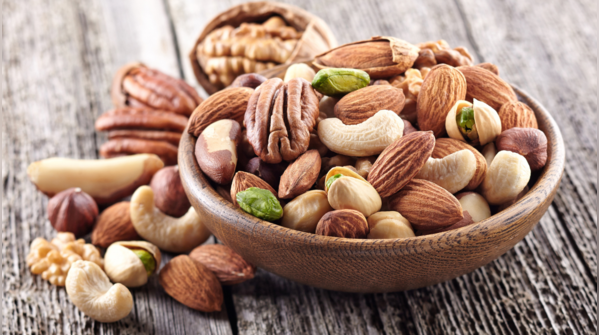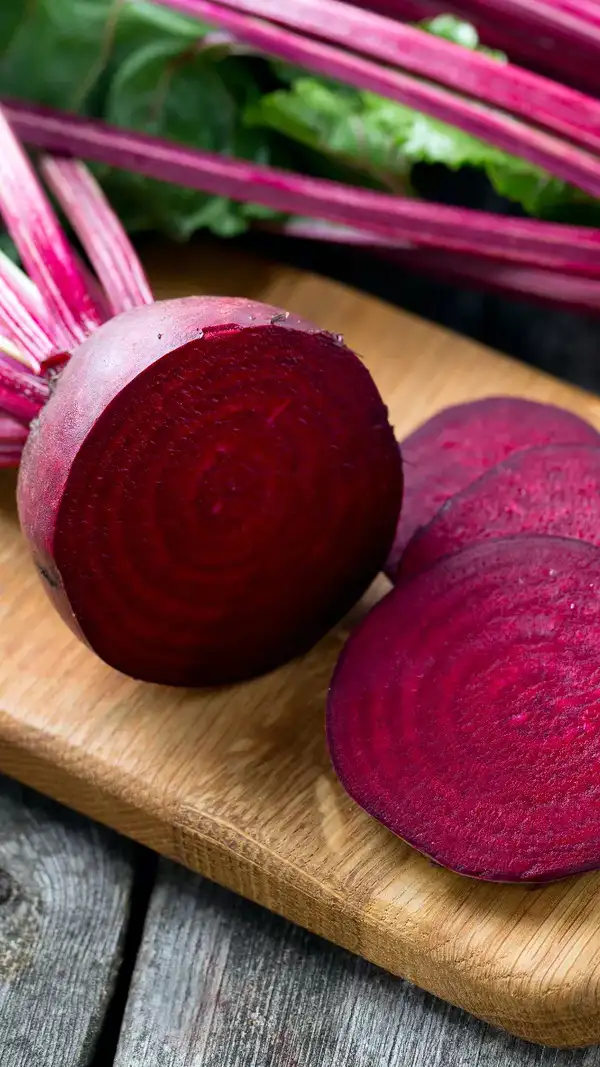- News
- lifestyle
- health-fitness
- diet
- 7 nuts that are rich in magnesium and how to consume them for best results
7 nuts that are rich in magnesium and how to consume them for best results

Best nuts and seeds to consume for our body to get enough magnesium
Magnesium is like a behind-the-scenes hero for the body. It quietly supports muscles, keeps the heart steady, and even helps with better sleep and less stress. But many people don’t get enough of it through daily meals. Some of the tastiest snacks—nuts and seeds—are also loaded with magnesium.
From crunchy almonds to tiny sunflower seeds, these natural power foods can easily boost magnesium levels while offering other amazing health perks. Here are 7 of the best magnesium-rich nuts and seeds, how much to eat, and the smartest ways to enjoy them for full benefits.

Almonds
Almonds are packed with magnesium, with just a handful providing roughly 80 mg of magnesium. They also offer a good dose of healthy fats and protein, making them a perfect snack for maintaining energy levels throughout the day. Eating them raw or roasted is the best option, but to maximize absorption, it's better to soak them overnight. This helps reduce the presence of phytic acid, which can interfere with magnesium absorption.
Simple yoga poses to help people who snore during sleep

Cashews
Cashews are another great source of magnesium. About 18 cashews contain around 82 mg of magnesium. Cashews are not just high in magnesium; they are also rich in antioxidants and heart-healthy fats. To enjoy them most effectively, it’s best to eat them raw or lightly roasted. Pairing them with fruits or adding them to salads or smoothies can enhance their taste and increase the body’s magnesium absorption.

Walnuts
Known for their brain-boosting properties, walnuts are also high in magnesium. One ounce (about 14 walnut halves) provides about 45 mg of magnesium. Besides magnesium, they are packed with omega-3 fatty acids, which are great for heart health.

Pumpkin seeds
Often overlooked, pumpkin seeds (also known as pepitas) are loaded with magnesium, providing about 150 mg per 30 grams (a small handful). These seeds are versatile and can be eaten as a snack, sprinkled over salads, or blended into smoothies. For maximum benefit, try eating them raw, as roasting them at high temperatures may reduce some of their nutritional value.

Brazil nuts
Brazil nuts are rich not only in magnesium but also in selenium, another essential mineral. Just a handful (about 6 nuts) provides around 107 mg of magnesium. Brazil nuts are best consumed raw or lightly roasted. Because they are calorie-dense, it's important to eat them in moderation. Consuming them as part of a mixed nut trail mix can provide variety and increase magnesium intake.

Hazelnuts
Hazelnuts are not only delicious but also magnesium-rich, with about a handful of providing 46 mg of magnesium. They are also high in antioxidants, which help protect the body from oxidative stress. Hazelnuts can be eaten raw, roasted, or blended into nut butter. Spread some hazelnut butter on toast or add it to smoothies for a tasty and healthy boost of magnesium.

Sunflower seeds
Sunflower seeds are packed with magnesium, offering about 91 mg per roughly 1/4 cup. They are also rich in vitamin E and healthy fats. Sunflower seeds can be easily added to any diet—sprinkle them over salads, or enjoy them as a snack. It’s best to consume them raw or roasted at low temperatures to retain their nutritional value. 7 morning habits to control blood sugar level

Why should magnesium-rich nuts and seeds be included in the diet?
Magnesium plays a key role in regulating muscle and nerve function, maintaining a steady heart rhythm, and supporting immune health. A deficiency in magnesium can lead to muscle cramps, fatigue, and even more serious issues like osteoporosis or heart disease. Including magnesium-rich nuts and seeds in the diet provides a natural and tasty way to meet daily magnesium needs while also offering other health benefits like improved heart health, better sleep, and reduced stress levels.

Best ways to consume these nuts and seeds
To get the most out of magnesium-rich nuts and seeds, it's important to consume them in their most natural form. Eating them raw is often the best option, as this retains all their essential nutrients. However, lightly roasting them at a low temperature is also acceptable. To enhance magnesium absorption, pair them with other foods that are high in vitamin D, like leafy greens or fortified plant-based milk.(Image: Canva)









